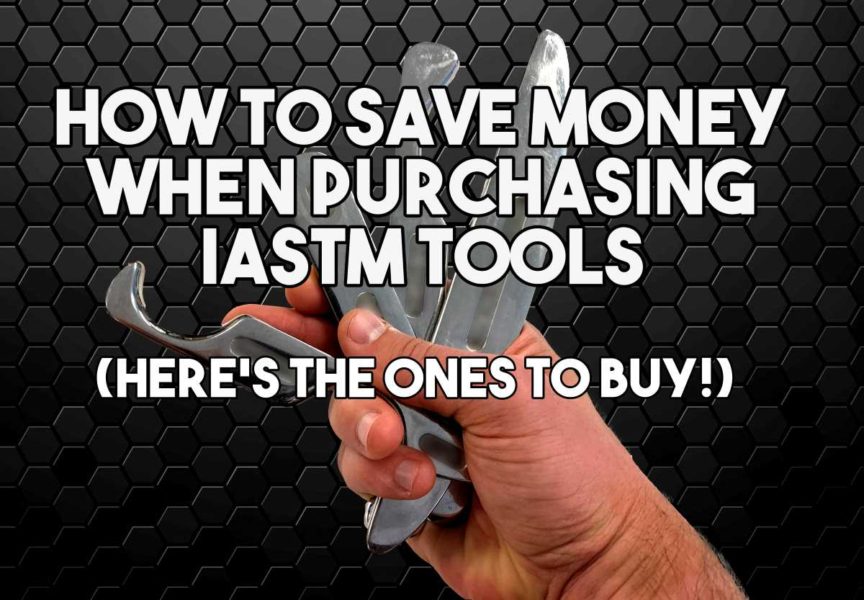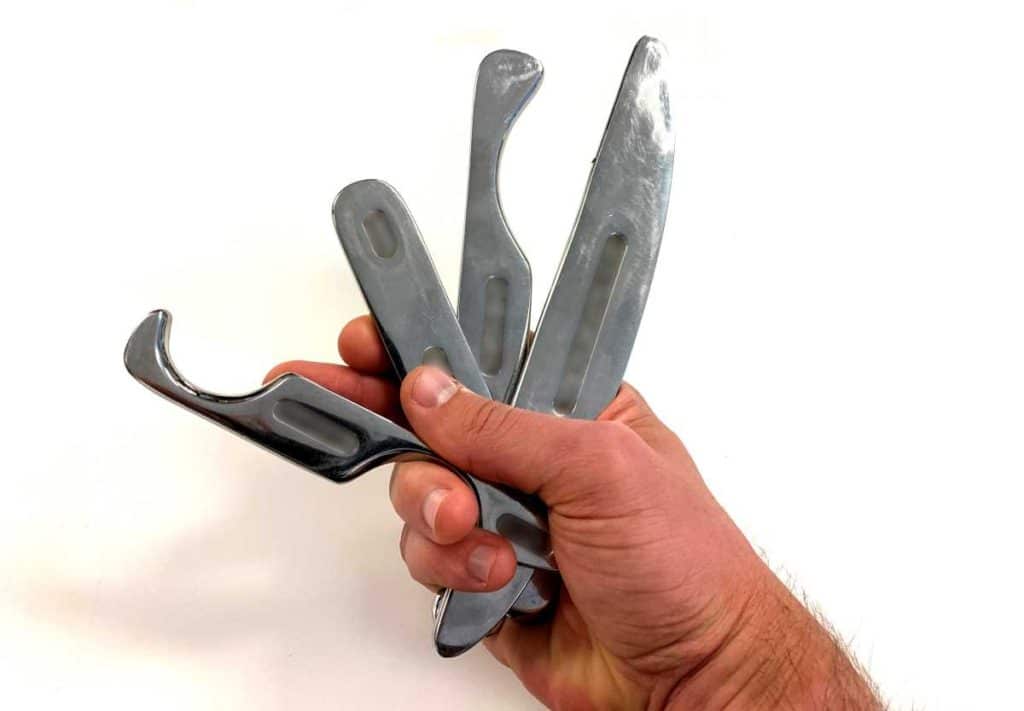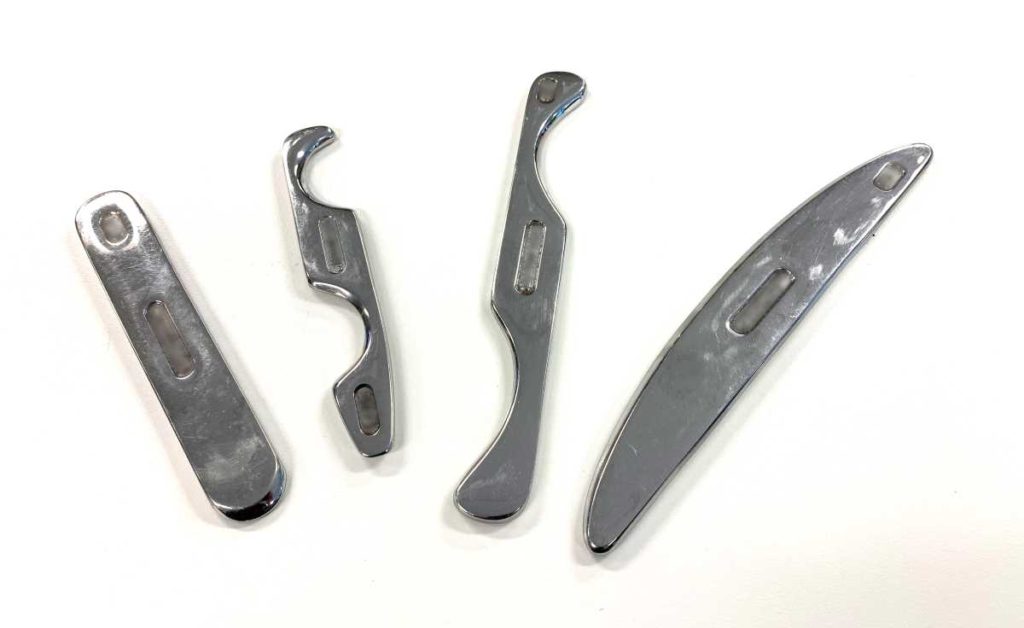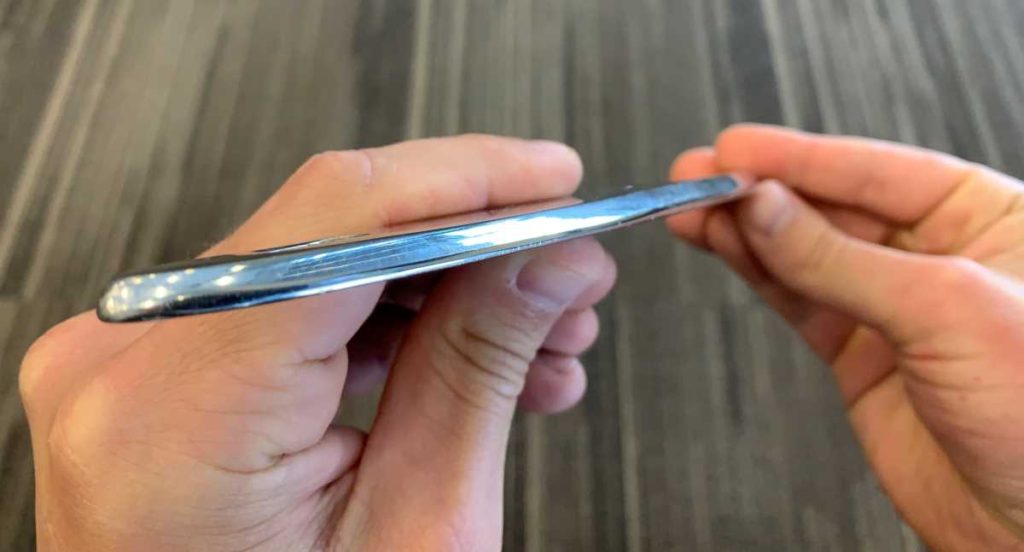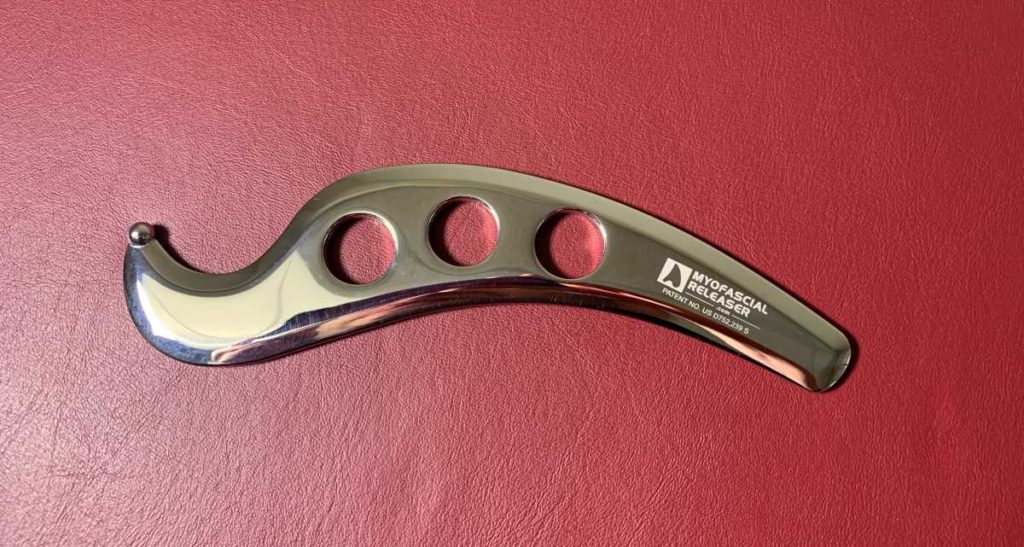My aim within this article is to help SAVE YOU MONEY without sacrificing quality when it comes to buying your tools.
Look, IASTM (Instrument-Assisted Soft Tissue Mobilization) is a pretty good weapon to have in your toolbox when it comes to the war on eliminating certain types of pain and movement restriction within yourself or on others (i.e. your patients, if you’re a practitioner).
It has proven its weight anecdotally and has some decent results that have been found within literature. So, you might be inclined to buy your own multi-tool or set of tools as a result. Here’s what I would tell you:
It’s worth getting an IASTM tool or set of tools, but there’s NO need to drop thousands of dollars on top name brands. There are amazing, lesser known brands of tools that are FAR less expensive that will do the job to the exact same extent. Start out with a multi-tool and work your way up to a full kit, if required.
If you’re interested in knowing some great IASTM tools that you can purchase and use without breaking the bank, then this article is for you, so keep on reading!
Also, if you’re curious as to how IASTM is used and gets the job done for decreasing pain and restoring function within the body, check out my blog post: IASTM: Here’s How it Works to Decrease Pain & Improve Mobility
Article Contents
- What I’ve learned from using all the big brands
- What TRULY makes for a good IASTM tool
- General rules to follow when buying IASTM tools
- Get a good multi-tool if you’re looking to be as cost effective as possible
- A kit with standard tool shapes doesn’t have to break the bank
- Concluding remarks
What I’ve learned from using all the big brands of IASTM tools
It’s worth quickly mentioning that I have had my hands on (and used) all the big brands of IASTM tools over the past number of years throughout different clinics I’ve been a part of. I’ve used Hawk Grips on many individuals, I’ve used Rockblades and the clinic I’m currently proudly a part of (Tower Physio & Sports Medicine) uses the most expensive of them all – GrasTech tools.
I love all these major brands, and in no way am I saying they aren’t great tools – they certainly are. But I’m certainly NOT in love with their respective prices, especially when my patients can’t tell the difference between expensive brand names and lesser known, inexpensive brands.
What TRULY makes for a good IASTM tool
A good carpenter can get much more done – and do a much better job – with just a basic tool or two than a lousy carpenter can with every tool possible at their disposal. In other words: How well an IASTM tool works is dictated by your application technique, not the brand name of the tool you’re holding.
Much the same, as a weekend warrior treating yourself or as a physical therapist (or any other practitioner) treating others, your ability to effectively target and change tissues is largely based upon how you use that tool; your clinical decision making and your application technique are what determine the extent of effective treatment outcomes. Brand names are highly irrelevant.
I assure you that your patients will not be able to tell the difference between using a highly-priced, name brand tool and a similarity shaped tool that is of a lesser known (and less expensive) brand.
Perhaps you might be able to tell a slight difference when you’re the one using it – I often can, as I prefer the weight and/or feel of some higher brand name tools over some of the lesser known brands. But is it a five-hundred dollar difference? Nope!
Application. Application. Application.
General rules to follow when buying IASTM tools
Here’s a couple of rules that are worth abiding by, no matter which type or brand of tools you purchase:
- Stainless steel is the way to go. Stainless steal holds up forever as long as you treat your tools with even mediocre love and care. It’s the easiest to clean and sanitize and the added weight of the material makes treating others a lot easier and more effective (i.e. heavier tends to be better).
- Know what type of beveled edge you’re after. IASTM tools can have either a single-beveled edge or a double-beveled edge. Neither type is better than the other – they just have their individual uses.
Single-beveled edges generally allow for deeper penetration of tissue when you increase pressure on the area that you’re treating
Double-beveled edges tend to limit the extent of tissue penetration, which can help increase comfort on more sensitive areas (areas that are thin or bony, etc.)
If you’re not sure what type you’re after, don’t stress over it too much. Chances are that if you’re not sure which one might be better for you that you wouldn’t be able to feel a major difference anyways.
- Make sure it’s got a decent way to grip onto it. Most stainless steel tools are pretty easy to grab onto, so you shouldn’t have to worry too much with this one, but just know that the easier a tool is to grab on to and hold, the easier it will be for you to use (and more effectively treat with).
Get a multi-tool if you’re looking to be as cost-effective as possible
While IASTM kits are great to have (i.e. a kit that has several differently sized and shaped tools), a good multi-tool for IASTM treatment is the perfect starting point if you want to maximize treatment versatility while spending as little cash as possible.
This is how I personally chose to start out my IASTM tool collection. Think of this type of tool as a Swiss Army knife; it can serve as a versatile device for a variety of conditions. It’s shape tends to be like a Frankenstein of a variety of IASTM tools morphed into one. The result is the ability to treat a variety of areas on the body without needing to switch to a different tool.
It certainly can’t do everything as effectively as some specific IASTM tools can (such as handlebars for treating larger, meatier areas), but a single multi-tool doesn’t cost that much and can take care of a TON of areas on the body. AND it’s much more convenient to transport around (taking up much less space in your gym bag, backpack, etc.)
My preferred multi-tool is the Myofascial Releaser Ellipse Pro (link to Amazon). (This is an affiliate link that helps support this website at no additional cost to you when you purchase through this link.) Prices always change, but this little guy has been an amazing bang-for-the-buck for me over the years. Many other great multi-tools likely exist, so it may be worth looking around a bit, just adhere to the aforementioned rules above to make good use of your hard-earned money.
A good example of a prominent name brand multi-tool that’s on the pricier side are the stainless steel Rockblades, by Rocktape. I love these things (have used them in a previous clinic), and I’m a massive fan of the Rocktape company in general, but the blades are simply out of my price range, so I opted for the Myofascial Releaser Ellipse Pro instead.
A kit with standard tool shapes doesn’t have to break the bank
When it comes to buying an IASTM kit, this is where things can get extremely pricey if you’re set on purchasing a name brand kit. These kits can cost well over a thousand dollars for the brand-name versions, which for me is simply far more than I can justify when I can find practically identical tools for a fraction of the cost.
A good kit should provide differently shaped tools that allow you to ultimately treat any and all (appropriate) areas of the body. Bigger tools, such as handlebars allow you to quickly and effectively treat large, meaty areas such as the IT band down the side of the leg, the lats, spinal erectors around the lumbar region, etc. Smaller tools will allow you to go after more delicate and precise areas, such as superficial tendons, joints of the fingers, etc.
If you’ve already got a good multi-tool or just need to jump right to picking up a kit with various tools, I’d consider looking at this stainless steel kit (link takes you to Amazon). It includes all the standard treatment tools found in most kits, and has bevels on the tools that should meet your specific needs.
Concluding remarks
In an ideal world, money wouldn’t be an issue for me. And if it’s not an issue for you at all, then by all means pick up the pricey, name brand IASTM tools. They feel great and get the job done quite well.
For many of us (especially those of us who just recently graduated and are on a tight budget, etc.) we just can’t justify the cost associated with some of these name brand tools and kits. But the good news is that you can get 95+% of the quality for just a fraction of the cost through other brands. The best part is that your patients will not be able to tell the difference from the pricey brands to the less expensive brands. (They also won’t care – they just want you to help get them out of pain and restore their function.)
So if you’re looking to build up your IASTM arsenal, rest assured that you can do so without breaking the bank nor compromising quality or treatment effectiveness. So long as your clinical reasoning and subsequent treatment technique is on point, you and your patients are going to be just fine with lesser known, less expensive tools.
Your welcome, Mr. Wallet.

Hi! I’m Jim Wittstrom, PT, DPT, CSCS, Pn1.
I am a physical therapist who is passionate about all things pertaining to strength & conditioning, human movement, injury prevention and rehabilitation. I created StrengthResurgence.com in order to help others become stronger and healthier. I also love helping aspiring students and therapists fulfill their dreams of becoming successful in school and within their clinical PT practice. Thanks for checking out my site!

